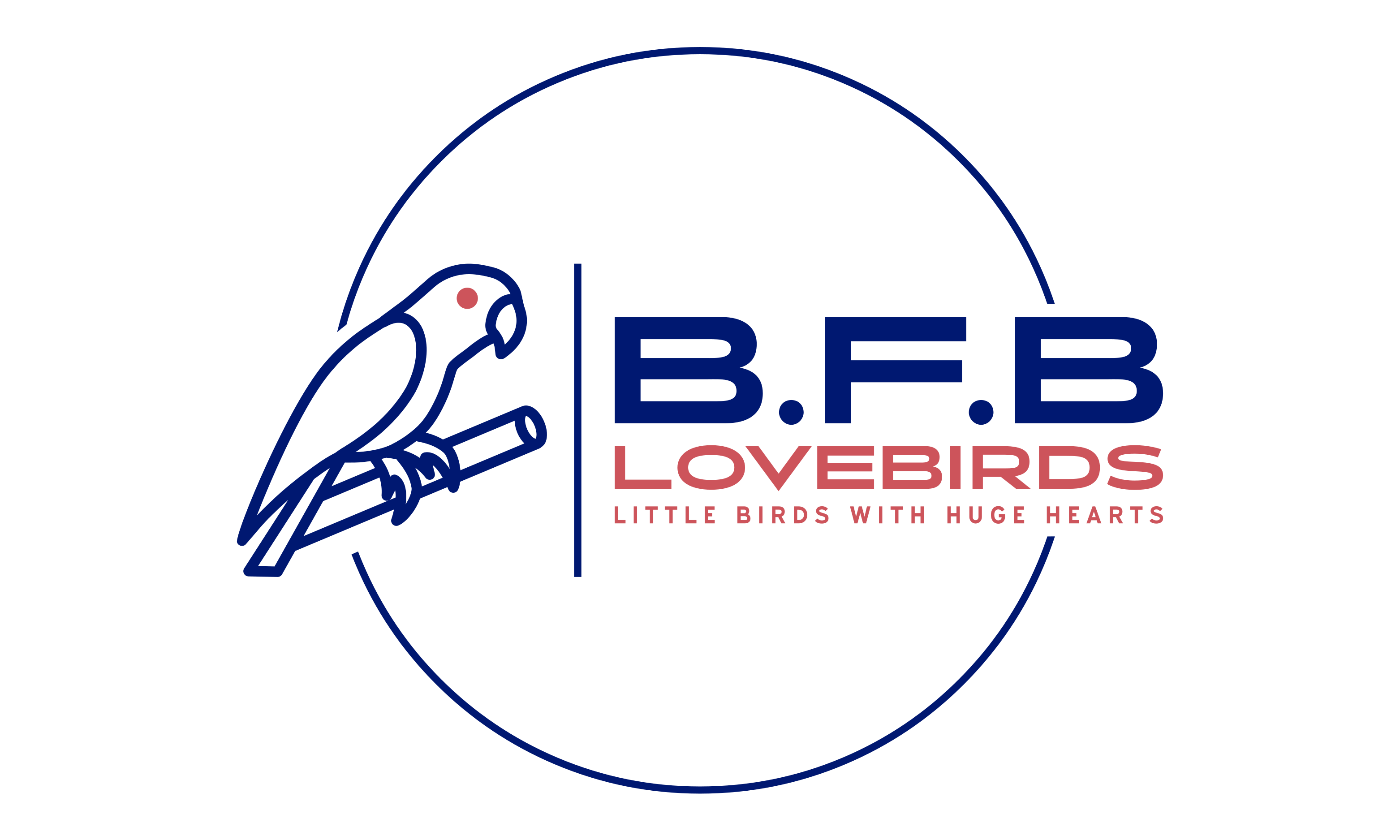### Babies in the Incubator: A Vital Step in Hand Rearing Lovebirds
At BFB Lovebirds, our commitment to the health and well-being of our Lovebirds is paramount. One critical aspect of this commitment is the use of incubators for our baby Lovebirds, starting when they are about three weeks old. This blog will explore why we use incubators, and the specific conditions and technologies we employ to ensure our Lovebirds thrive during this delicate stage of their development.
#### Why Use an Incubator?
The first few weeks of a Lovebird’s life are crucial for their development. During this period, they are particularly vulnerable to environmental stresses, diseases, and fluctuating temperatures. By placing them in an incubator, we can provide a controlled and stable environment that promotes optimal growth and health.
#### Temperature Control
Maintaining a consistent temperature is vital for the health of baby Lovebirds. In our incubators, we set the temperature to around 37.5°C (99.5°F), closely mimicking the natural warmth provided by parent birds. This stable warmth helps in proper digestion and overall comfort, reducing the risk of hypothermia or overheating.
#### Humidity Levels
Humidity is another crucial factor in the development of baby Lovebirds. Our incubators are set to maintain a humidity level of around 60-65%. This range prevents dehydration and ensures that the Lovebirds’ skin and feathers develop correctly. Proper humidity also helps in preventing respiratory issues, which can be common in young birds.
#### Anion Function
The anion function in our incubators plays a significant role in maintaining a healthy environment. Anions, or negatively charged ions, help to purify the air by neutralising harmful particles and bacteria. This function ensures that the air within the incubator is clean and conducive to the Lovebirds’ health.
#### Sterilisation and Bacterial Barrier
Our incubators are equipped with sterilisation features that provide an added layer of protection against pathogens. Regular sterilisation helps to eliminate bacteria and viruses that could otherwise pose a threat to the vulnerable baby Lovebirds. Additionally, the incubator acts as a barrier, keeping out external contaminants and reducing the risk of infections.
#### Air Filters
To ensure that the air inside the incubator remains clean and safe, we use high-quality air filters. These filters remove dust, dander, and other potential allergens, creating a pristine environment for the Lovebirds. Clean air is essential for preventing respiratory problems and supporting overall health.
#### Lighting
Proper lighting is essential for the development of Lovebirds. Our incubators are equipped with soft, natural light that simulates daylight. This lighting helps regulate the birds’ circadian rhythms, which is crucial for their growth and well-being. It also allows us to monitor the Lovebirds’ health and behaviour closely.
#### Conclusion
At BFB Lovebirds, the use of incubators is a fundamental part of our hand rearing process. By providing a controlled environment with optimal temperature, humidity, anion function, sterilisation, air filtration, and lighting, we ensure that our baby Lovebirds have the best possible start in life. This meticulous care helps us raise healthy, happy Lovebirds that are well-prepared for their future homes.
Incorporating these advanced techniques and technologies reflects our dedication to excellence in Lovebird care. We believe that by sharing our practices, we can inspire other breeders and enthusiasts to adopt similar standards, ensuring the welfare of Lovebirds everywhere.

